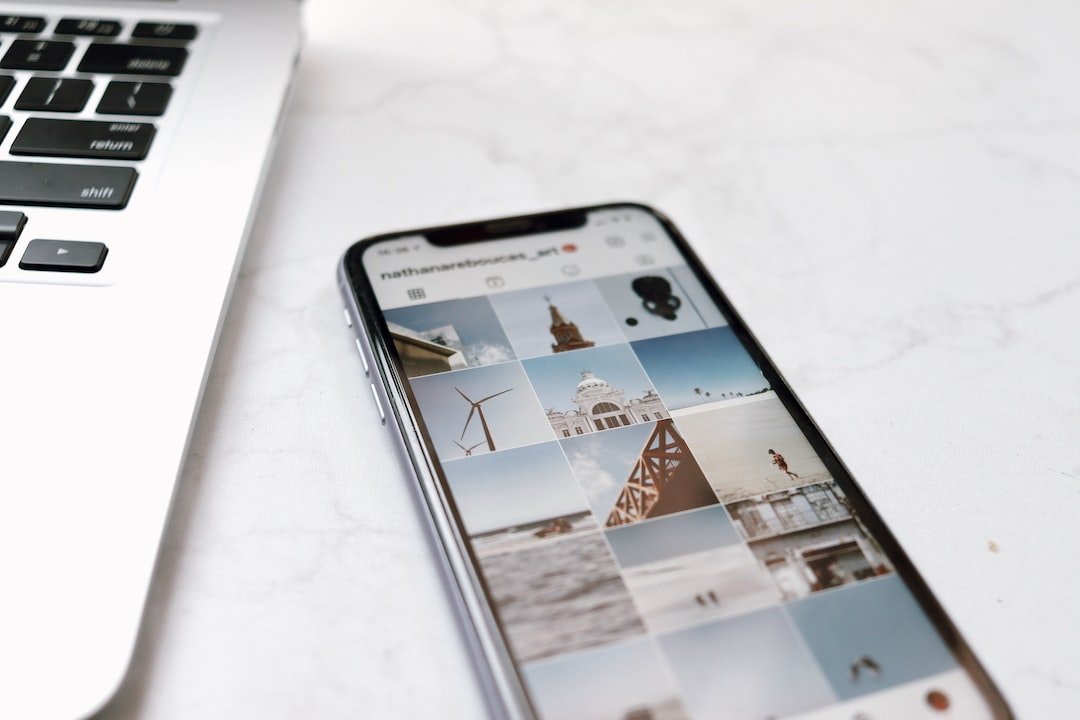Fashion journalism is a fascinating and fast-paced field that combines the worlds of fashion and journalism to provide readers with insights into the latest trends, designers, and events in the fashion industry. From covering fashion shows and interviewing designers to writing reviews and trend forecasts, fashion journalists play a crucial role in shaping the way we perceive and consume fashion.
In this blog post, we’ll explore the world of fashion journalism and take a closer look at what it takes to succeed in this competitive and evolving industry.
Fashion journalism is a diverse and dynamic field that encompasses a wide range of roles and responsibilities. From fashion editors and writers to stylists and photographers, there are many different paths to success in the world of fashion journalism. Whether you’re interested in writing features for a fashion magazine, covering the latest runway shows, or creating content for a fashion blog, there are endless opportunities to explore and carve out your niche in this exciting industry.
One of the key skills that aspiring fashion journalists need to possess is a keen eye for detail and a strong understanding of current fashion trends. Being able to spot emerging trends, analyze fashion collections, and offer insightful commentary on the latest styles is essential for anyone looking to make a mark in the world of fashion journalism. In addition, having a good grasp of the fashion industry, including knowledge of designers, brands, and fashion history, can help you stand out from the competition and establish yourself as a credible and authoritative voice in the field.
Another important skill for fashion journalists is the ability to write clearly, concisely, and engagingly. Whether you’re writing a feature article, a trend report, or a review of a fashion show, being able to communicate your ideas effectively and captivate your audience is essential. Developing a unique voice and style as a writer can help you differentiate yourself from other fashion journalists and build a loyal following of readers who appreciate your perspective and insights.
In addition to writing skills, fashion journalists also need to have a good understanding of visual storytelling and aesthetics. Whether you’re writing for print or digital media, having an eye for design, layout, and photography can help enhance the visual appeal of your work and attract readers’ attention. Collaborating with photographers, stylists, and designers can also help you create visually striking and compelling content that resonates with your audience and brings fashion trends to life.
Social media and digital marketing have also become increasingly important tools for fashion journalists to connect with their audience and build their personal brand. Platforms like Instagram, Twitter, and TikTok allow fashion journalists to share their work, engage with followers, and stay on top of the latest trends in real-time. By developing a strong online presence and leveraging social media to promote their content, fashion journalists can reach a wider audience, attract new opportunities, and establish themselves as influencers in the industry.
Networking is another key aspect of succeeding in the world of fashion journalism. Attending fashion events, industry parties, and networking opportunities can help you make valuable connections, meet influential figures in the fashion industry, and discover new opportunities for collaboration and growth. Building relationships with designers, editors, PR professionals, and other industry insiders can open doors to new assignments, partnerships, and career advancement in the fast-paced world of fashion journalism.
Ultimately, success in fashion journalism requires a combination of talent, hard work, and dedication. By honing your writing skills, staying on top of the latest trends, building a strong online presence, and networking with industry insiders, you can carve out a rewarding and fulfilling career in this exciting and ever-evolving field. Whether you dream of writing for a prestigious fashion magazine, covering fashion weeks around the world, or launching your own fashion blog, the world of fashion journalism offers endless opportunities for creativity, innovation, and self-expression.
In conclusion, exploring the world of fashion journalism is an exciting and rewarding journey that offers endless opportunities for growth, creativity, and self-expression. By developing your writing skills, staying on top of the latest trends, building a strong online presence, and networking with industry insiders, you can carve out a successful and fulfilling career in this dynamic and competitive field. Whether you’re a fashion enthusiast looking to share your passion with the world or a seasoned professional looking to take your career to the next level, the world of fashion journalism offers a wealth of opportunities for exploration, discovery, and inspiration.







